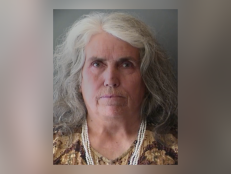Inside The Shooting Of Pop Art Superstar Andy Warhol
Troubled writer Valerie Solanas said she committed the crime because the famed artist had “too much control” over her life.

Brownie Harris via Getty Images
Andy Warhol rose to fame because of his pop art, but his celebrity came at a steep price and he nearly lost his life when he was shot in New York City by a woman harboring a grudge.
On June 3, 1968, Warhol was at “The Factory,” his sixth-floor art studio in Manhattan’s Union Square. Valerie Solanas, a homeless writer, had stopped by multiple times to see if Warhol was around, but she was turned away by his associates, who claimed he was out.
At around 4:30 p.m., several of Warhol’s associates were working in the studio when Solanas arrived and pulled out a .32 Beretta and fired multiple times at Warhol shortly after he took a phone call.
He was struck twice.
Warhol’s business manager, Fred Hughes, recounted what happened next in Blake Gopnik's biography of the art star, Newsweek reported.
“She puts the gun next to his [Hughes'] head and says, ‘I'm gonna shoot you’ ... and the elevator door opened ... And Fred said, ‘Oh, there's the elevator. Why don't you get on Valerie? ... And she said, ‘Oh, that's a good idea.’ And she went on the elevator.”
Warhol was rushed to the hospital, where he would spend the next eight weeks getting treated for his wounds to his stomach, liver, spleen, esophagus and lungs. Because of his extensive injuries, Warhol’s organs were kept in place by a surgical corset he had to wear for the rest of his life.
Solanas turned herself in to an officer in Times Square the day of the shooting and reportedly later said she shot Warhol because he had “too much control” over her life.
The troubled woman had written a play she titled Up Your Ass and starting in 1965 she tried to convince Warhol to help her get it to the stage. She gave him the script, which he then lost.
The same year, Solanas, who founded an organization she called the Society for Cutting Up Men (SCUM), began working on The SCUM Manifesto. She wrote her goal was to “overthrow the government, eliminate the money system, institute complete automation and eliminate the male sex.”
Despite Solanas’ repeated requests, Warhol refused to help her promote her single-member organization. She reportedly grew angry and began to believe the artist was trying to use her work to his advantage.
“She obviously knew that Andy would borrow ideas, or steal ideas, and so she became paranoid that he didn't in fact lose the play, but wanted to keep it, claim it, and make it his own,” Jose Diaz, former curator of Pittsburgh’s Andy Warhol Museum, told History.com.
Solanas was found competent to stand trial for shooting Warhol despite doctors diagnosing her with paranoid schizophrenia. She pleaded guilty to assault charges and served three years behind bars before her release in 1971.
In 1988, she was 52 when she died in San Francisco from pneumonia.
“I said that I wasn’t creative since I was shot, because after that I stopped seeing creepy people,” Warhol wrote in his diary in November 1978 about the aftermath of the shooting.
Warhol put off a gallbladder surgery for years as a direct result of the fear of hospitals he developed following the incident. He died on Feb. 21, 1987, from cardiac arrest after finally undergoing the procedure.
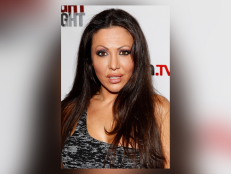
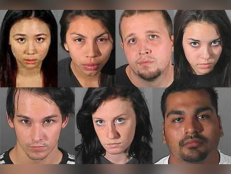
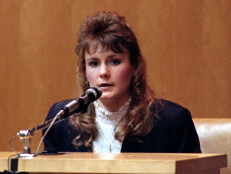

![Armando Barron, 32, [inset] shot 25-year-old Jonathan Amerault [main] to death before forcing his wife, Britany, to behead him.](http://investigationdiscovery.sndimg.com/content/dam/images/investigationdiscovery/crimefeed/legacy/2022/05/jonathan-amerault-obituary-05312022-AP-armando-barron-22133624413481.png.rend.hgtvcom.231.174.suffix/1654015646861.png)
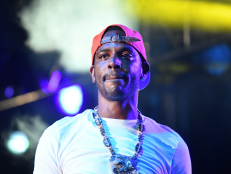
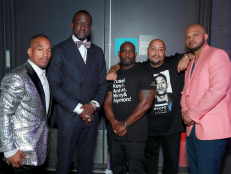
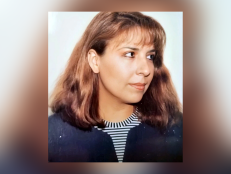
![Christina King [left] and Sameemah Mussawir [right] were identified as victims of the same killer by the Kansas City, Kansas Police Department’s cold case unit.](http://investigationdiscovery.sndimg.com/content/dam/images/investigationdiscovery/crimefeed/legacy/2023/09/kansas-city-police-department-christina-king-sameemah-mussawir-92623.png.rend.hgtvcom.231.174.suffix/1695741317459.png)
